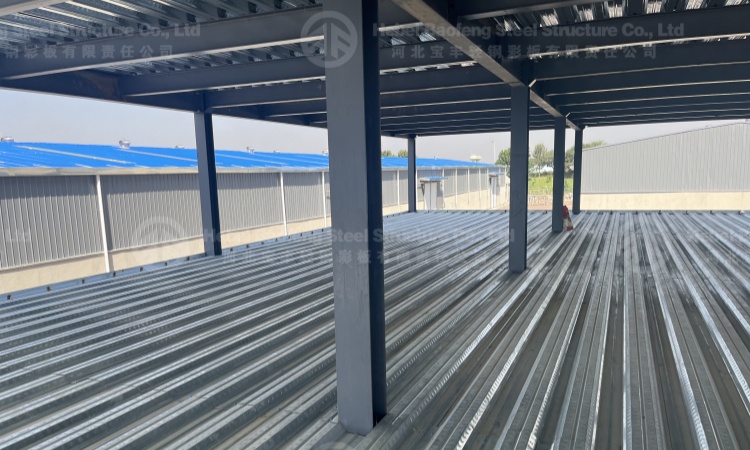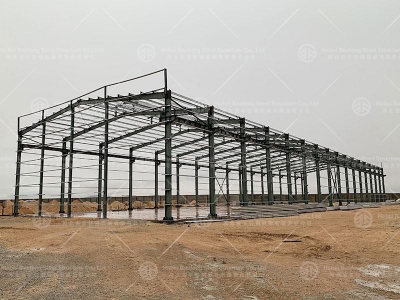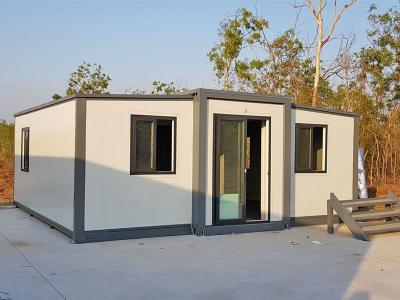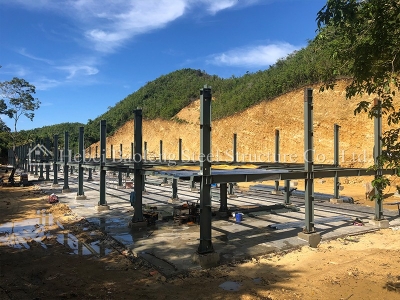Definition of Stability: Stability in steel structures refers to the capacity of a building to maintain its form and resist collapse under the influence of external forces like wind, earthquakes, and live loads. It ensures the safety and long-term durability of the structure.
Types of Stability:
- Global Stability: This focuses on the entire structure’s ability to remain balanced and upright when subjected to various forces. It ensures that the building, as a whole, doesn’t shift, tilt, or collapse under external loads.
- Local Stability: This concerns individual structural elements, such as beams, columns, and connections. It ensures that these components do not buckle, deform, or fail under stress.
Load Paths: For a structure to remain stable, loads (including dead, live, and environmental loads) must be effectively transferred through the building’s structural elements down to the foundation. Engineers must carefully design load paths to distribute forces evenly, preventing overloading of any single component, which could lead to failure.
Bracing Systems: To resist lateral forces, such as wind or seismic activity, bracing systems are often incorporated into steel structures. Types of bracing systems include cross-bracing, K-bracing, and shear walls. These systems provide additional support, enhancing the building’s resistance to sideways movement and improving overall stability.

Material Properties: Steel’s high strength-to-weight ratio makes it a favored material for constructing tall or complex buildings. However, engineers must account for risks like buckling and lateral-torsional buckling, especially in slender members. Proper member sizing, the use of stiffeners, and detailed design help mitigate these risks, ensuring the structure remains stable under both compressive and tensile forces.
Building Codes: Compliance with building codes and standards is essential for ensuring the stability and safety of steel structures. These codes provide guidelines on structural design, material usage, and load calculations, ensuring that buildings can withstand local environmental conditions.
Conclusion
Stability in steel structures is a key factor in ensuring their safety and functionality. By addressing both global and local stability, designing effective load paths, incorporating bracing systems, considering material properties, and adhering to building codes, engineers can create steel buildings that are stable, durable, and resilient against external forces.


 Tiếng việt
Tiếng việt























 +8615720226351
+8615720226351
